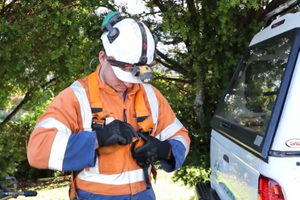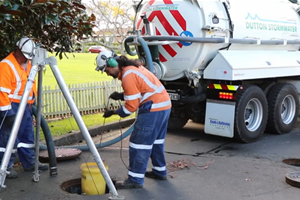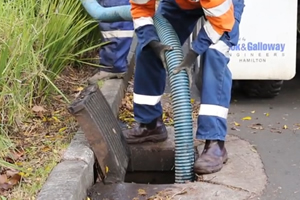


Why do I have to have my stormwater treatment device maintained?
Just like any other filter, these filters clog up with oil, silt, vegetation, litter and other pollutants. Once they are blocked, they will not operate as designed. This will mean dirty untreated water will enter our waterways having detrimental effects on the ecosystems and marine life.
Who is responsible for maintaining these devices?
There will be a consent holder for a property. The consent holder is responsible for ensuring the stormwater system is maintained. Often, there is a Body Corporate responsible for the maintenance of these devices.
When should these devices be maintained?
It varies from site to site. As a minimum, it is usually once a year. Often there is an operation and maintenance manual for you to refer to.
How do I know if I have one of these devices on my property?
This will be stipulated in your Resource Consent. If you are in any doubt and would like the stormwater system evaluated on your site, it is best to contact us and we will come and see you.
What does it cost to have one of these devices maintained?
Unfortunately, there is not a ‘blanket’ charge for cleaning these devices. The cost varies due to the size of the device, and the amount of material we have to remove and replace. It is, however, free to have one of our team come out to see you and give you a no-obligation quote.
What are the consequences of us not having these devices maintained?
It is a legal requirement to have your stormwater system maintained. ARC compliance officers check sites to see if they are being maintained. If maintenance is not occuring, there is a possibility of a large fine.
There is the environmental impact of having untreated stormwater entering into our rivers, lakes and oceans. Additionally, you could run the risk of the system overflowing and a manhole lid could shift. This can be dangerous for both vehicles and pedestrians.
How long does it take to maintain our stormwater system?
The time we take on site can vary according to the size of the system. Usually, it is in the region of two hours on site.
